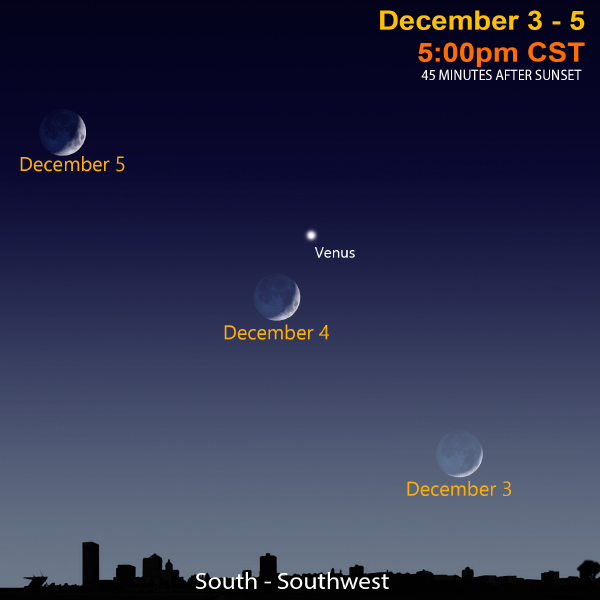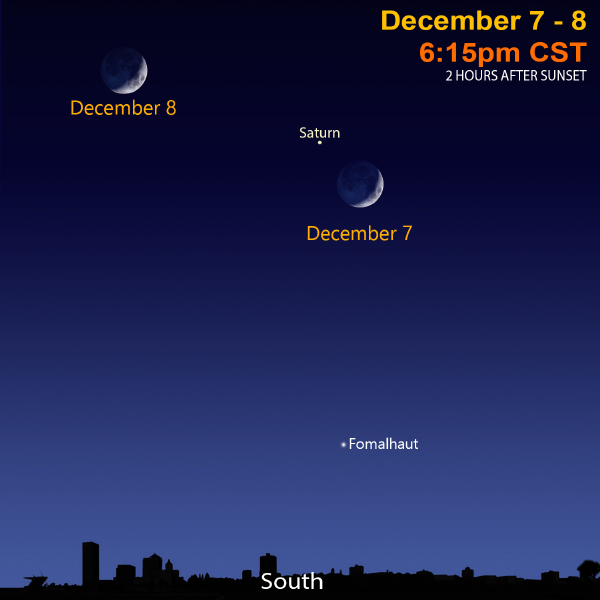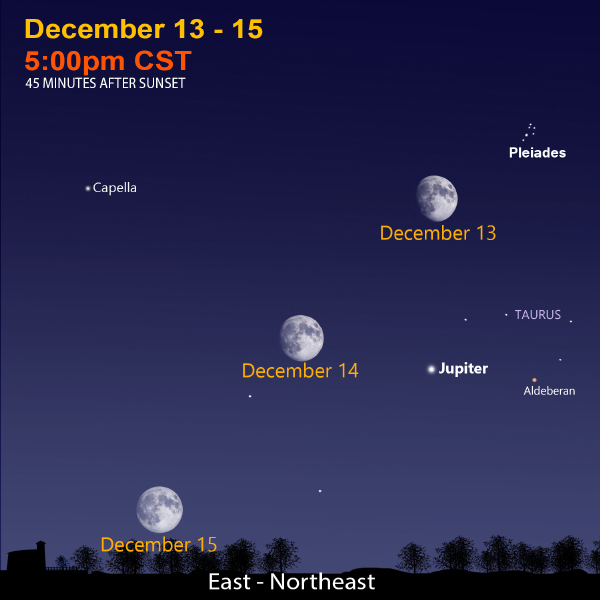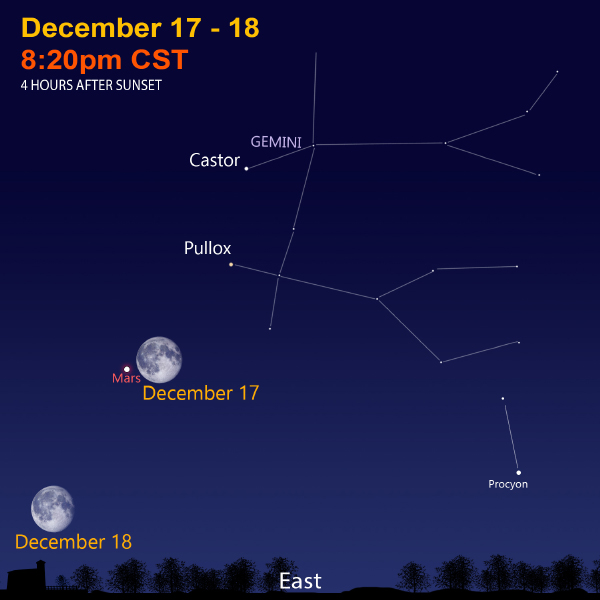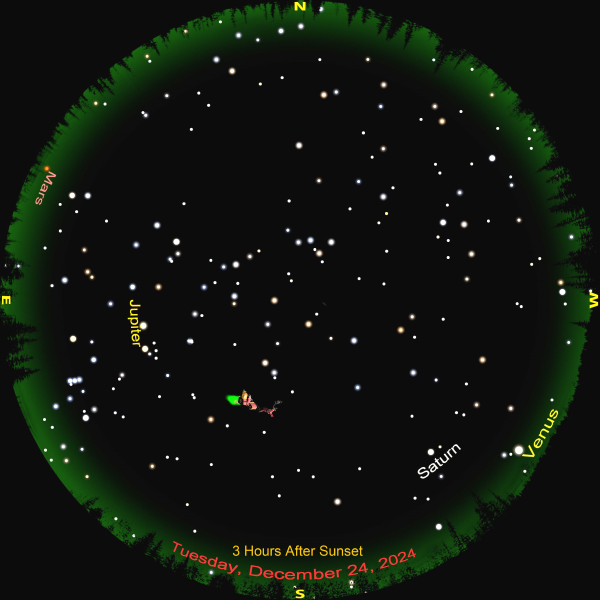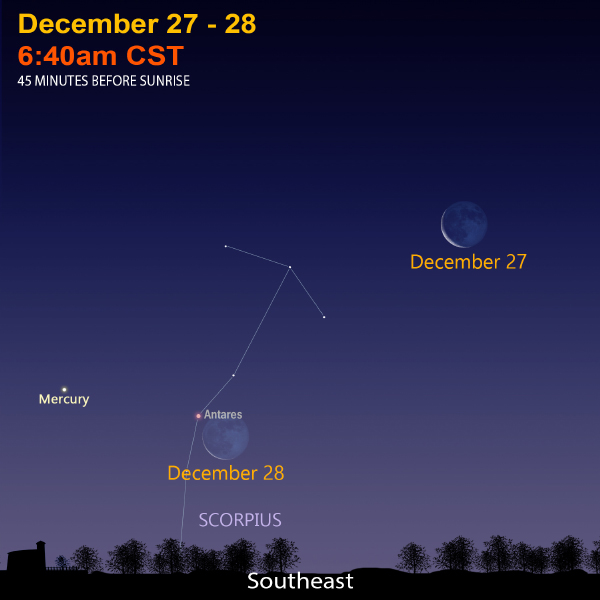Cosmic Curiosities
“Do not look at stars as bright spots only. Try to take in the vastness of the universe.”
- Maria Mitchell, 19th-Century American Astronomer
A Universe of Spots
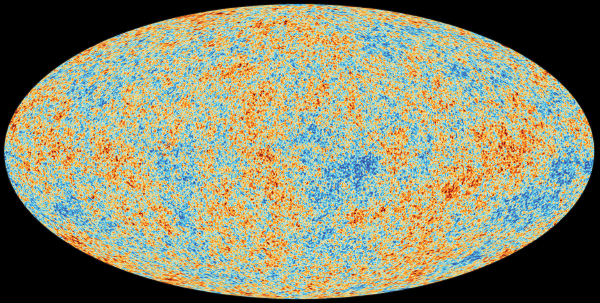
Cosmic Microwave Background; ESA Planck Telescope
Our universe has spots. They’re like cosmic fossils from very long ago, when the universe was very young.
The spots show up in the cosmic microwave background, or CMB. The CMB reveals temperature variations caused by different densities of matter in the early universe. Blue spots are slightly cooler and denser, while red spots are hotter and less dense. This afterglow radiation shows the universe shortly after it was born, 380,000 years after the big bang. It is the farthest light humans can image, at 13.8 billion light years away.
Our telescopes can’t see the universe before the CMB because it was an extremely dense cloud of hot plasma. This prevented atoms from forming and light from escaping. As the cosmos kept expanding and cooling down, matter and energy was finally spread out enough to let light shine through. The CMB is the first light we can see and the furthest back in time.
The expansion of the universe was not perfectly smooth. There was a constant struggle between the big bang’s expanding momentum and gravity’s pull. This uneven distribution created very tiny temperature fluctuations in the early universe. Some regions became slightly denser or less dense. These are often called "hot spots" and "cold spots" in the CMB. These variations eventually led to the formation of stars and galaxies.
Galaxy Evolution; NASA-JWST Science Team
On the largest scale, our research of distant galaxies has shown they are not evenly distributed but shaped more like a giant spider web. These thread-like structures, called filaments, have empty spaces between them. The mysterious dark matter draws the galaxies together while the dark energy stretches these galaxies farther apart.
In NASA’s simulation of galaxy evolution above, we see stars and dark matter colliding and forming filaments in a very large-scale view of space. We see these galactic spider webs all across the universe.
Spots on Jupiter
Ask anyone to draw Jupiter and they’ll probably hit the mark: yellow and orange stripes, with a red spot somewhere near the middle. Have you ever thought of how those stripes came to be, or how the Great Red Spot formed?
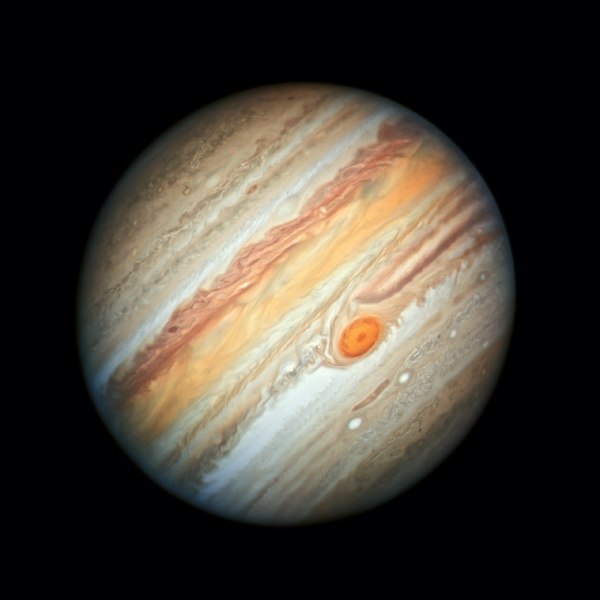
Hubble image of Jupiter; NASA
As a gas giant, Jupiter is mostly made of hydrogen and helium, the same elements that make up a star. The stripes and swirls on Jupiter are clouds of ammonia and water; the dark orange stripes are called belts, and the lighter bands are called zones. They flow east and west in opposite directions, much like the prevailing winds of our own planet.
Jupiter spins very quickly. Its equator zips by at 28,000 miles per hour, resulting in a day just short of ten hours! That fast rotation creates strong jet streams, separating the clouds into those different colors, and setting the stage for those “spots.” There are storms (cyclones and anti-cyclones) in the atmosphere. Because there’s no surface of the planet, nothing slows down those winds, resulting in the spots lasting hundreds of years.
Great Red Spot Rotation; NASA
Here are some fun facts on the Great Red Spot:
- It is a giant anti-cyclone, like a huge high-pressure hurricane.
- It has been seen since Galileo’s time, more than 400 years ago.
- It spins counterclockwise at more than 400 miles per hour!
- The color is still a mystery but maybe caused by sunlight breaking chemicals like ammonia.
- It is twice as wide as planet Earth.
- It is about 300 miles deep.
- It has been shrinking in size throughout the last half century.
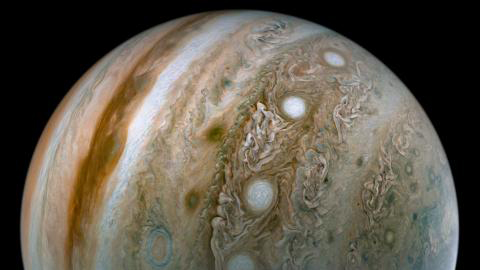
Jupiter’s String of Pearls; NASA’s Juno Spacecraft
There are other “spots” of interest on Jupiter as well. There is a “little red spot,” which formed from three white storms merging between 1998 and 2000, and the “string of pearls,” or eight white storms south of the great red spot. There are dark spots, too, like this one dubbed “the abyss,” though it maybe the eye of a vortex, or a deep hole in the cloud cover revealing the dark underlayers of Jupiter’s atmosphere.

The “abyss,” captured by Juno in 2019: NASA
Mini-eclipses of Jupiter’s many moons can also create dark spots on the planet’s surface, like this photo of Ganymede casting a shadow across the Great Red Spot, making it look like an eyeball.
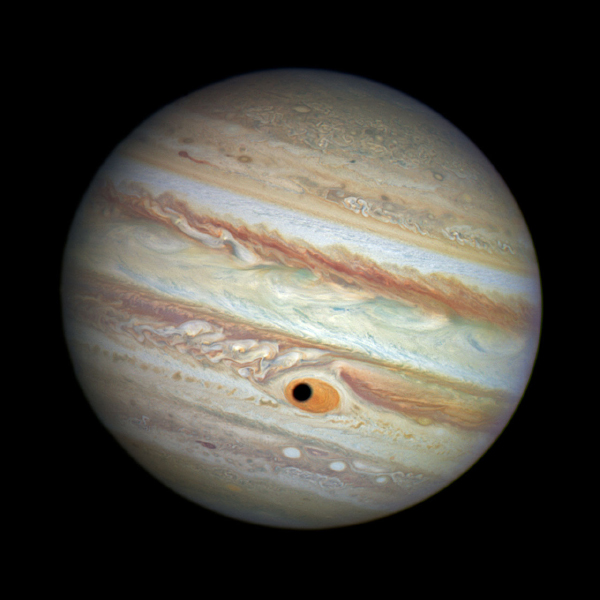
Ganymede shadow and great red spot; ESA Hubble
There are a couple theories as to why storms like the Great Red Spot live on Jupiter for so long. One theory is that a storm becomes trapped between two jet streams flowing in opposite directions, keeping the spot spinning. It could be due to the convection of heat and cold air within the storm, the same mechanic which powers the development of storms on Earth.
While our knowledge about Jupiter is “spotty” at times, we’re still learning more with every day. The Juno Mission will keep circling Jupiter and collect data through next year, so scientists are sure to discover more about the biggest planet in our solar system. In the meantime, let's continue to enjoy it rising earlier in our winter sky!
Winter Solstice
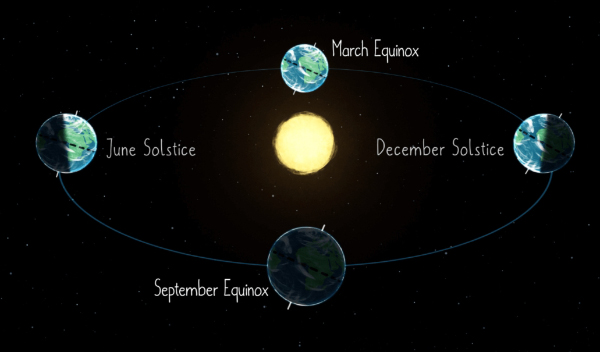
Winter starts (astronomically) on Saturday, December 21, at 3:19 a.m. CST. That is the exact time the northern hemisphere is tilted farthest from the sun. People south of the equator are experiencing their summer solstice. To avoid the differences in hemispheres, the solstices and equinoxes are sometimes referred to by their month. From winter to fall, they would be:
- December Solstice
- March Equinox
- June Solstice
- September Equinox
Space in Sixty Seconds
Like a string of pearls, spot the planets stretched across the December sky—and maybe a special visitor!
Sky Sights
Our two brightest nightlights, the Moon and Venus, shine together from December 3 to 5.
Saturn and the Moon pair up in the south sky one hour after sunset from December 7 to 8.
Jupiter is at opposition (opposite the sun) on December 7. This means the second brightest planet will be around all night, rising as the sun sets and setting as the sun rises. See the Moon nearby on December 13 through 15. The full moon is the night of December 14 into 15.
Mars rises about four hours after sunset in early December and only 1.5 hours at month’s end. The Moon nears the red planet from December 17 to 18.
The four brightest planets can be seen stretching across the sky in late December. Look three hours after sunset and from east to west to locate Mars, Jupiter, Saturn, and Venus.
Below are the planet magnitude numbers, or their brightness. The magnitude scale is strange, as negative means brighter.
| Planet | Magnitude |
| Venus | -4.2 |
| Jupiter | -2.6 |
| Mars | -1.0 |
| Saturn | 1.1 |
Mercury can be seen near the end of the year in the morning sky. Use the bright red star Antares and the Moon to guide you on December 27 and 28.
December Star Map
Sign Up
Receive this newsletter via email!
Subscribe
See the Universe through a telescope
Join one of the Milwaukee-area astronomy clubs and spot craters on the Moon, the rings of Saturn, the moons of Jupiter, and much more.
Follow Bob on social media
Twitter: @MPMPlanetarium
Facebook: Daniel M. Soref Planetarium


